Panos Voulgaris
Stanton Williams have designed a plant science research center inside the University of Cambridge’s Botanic Garden, which aims to lift the standards of science laboratories worldwide. Its unpretending and serene architecture was awarded on Oct.13 the Royal Institute of British Architects Stirling Prize for excellence in the field, outvoting all of the favorites, in what was greeted as a refreshing underdog win.
The building stands inside the university gardens which were established and curated in the 1830s by Charles Darwin`s tutor, John Stevens Henslow. In their search for a positive impact on its surroundings, Stanton Williams designed a limestone and exposed concrete building which stands two stories high (and another below ground), unobtrusive yet calmly majestic, redefining the conception of the research facility. While the laboratory is appropriately closed towards the part looking on to private properties, in order to uphold the need for privacy, it opens up into an inviting public building—complete with a café—when facing the gardens.
The building itself seems a result of natural Darwinian evolution; standing on important grounds it embraces the garden view, which is after all the scientific subject matter, by creating a buffer zone between the laboratories and the outside, around a continuous pathway intended to encourage collaboration and the exchange of ideas, a public space that conveys a solemness without appearing sterile or cold. The architects relate this path to a Greek stoa or a collegiate court providing a semi-open space overlooking the lab spaces. The laboratories where designed to be as flexible as possible, since “no one knows what the science is going to be” according to the brief, uncommonly bathed in natural light, saving vast amounts of energy—which combined with almost 300 sq.m. of photovoltaic panels contribute to the building`s high energy rating.
Stanton William`s Sainsbury Laboratory was awarded the Stirling Prize over more critically illustrious opponents like David Chipperfield`s concrete monoliths in Hepworth Wakefield, the much praised Lyric Theatre in Belfast by O’Donnell & Tuomey or, the crowd favorite, Populous` Olympic Stadium—the spectacle that became the centerpiece of worldwide attention during the recent London Summer Olympics. The surprise win could be considered a message towards the direction of bold, fancy, self-referential architecture, as well as voicing the need to rethink the forms and functions that we take for granted; echoing this sentiment Joanna van Heyningen, one of the Stirling judges, best described the value of the Sainsbury Laboratory as “the lifting of a building type that could have been utilitarian, into a sublime piece of calm and beautiful architecture”.
Architect: Stanton Williams Architects
Location: Cambridge (United Kingdom)
Project Year: 2011
Photographs: Hufton + Crow
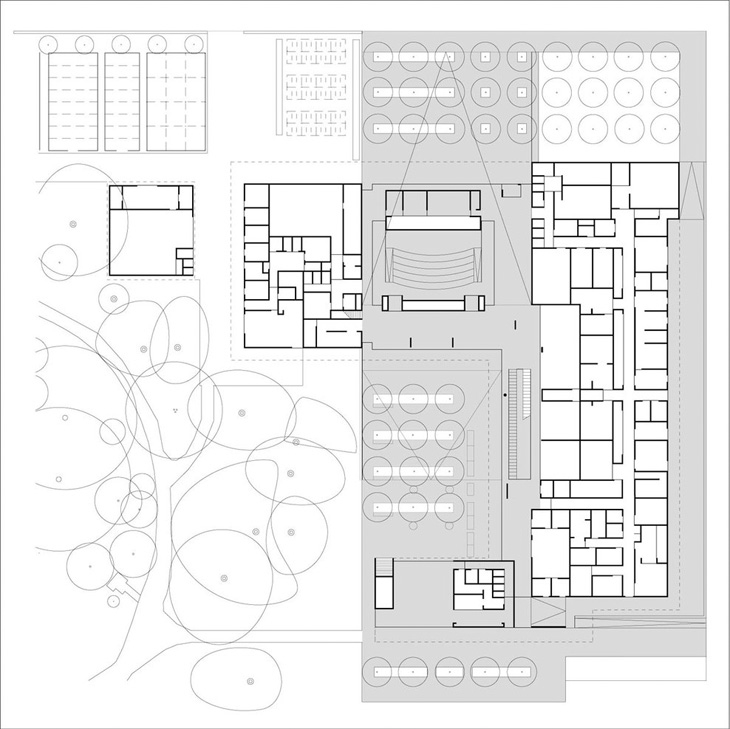 SAINSBURY LABORATORY – STANTON WILLIAMS – GENERAL PLAN
SAINSBURY LABORATORY – STANTON WILLIAMS – GENERAL PLAN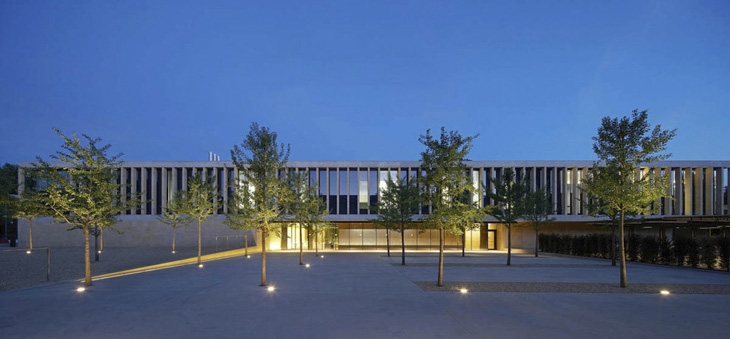 SAINSBURY LABORATORY – STANTON WILLIAMS
SAINSBURY LABORATORY – STANTON WILLIAMS 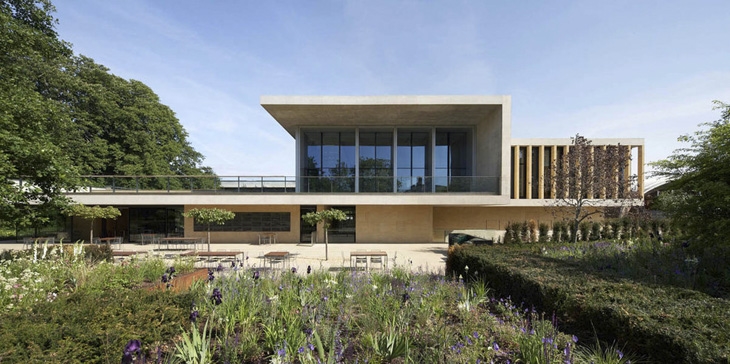 SAINSBURY LABORATORY – STANTON WILLIAMS
SAINSBURY LABORATORY – STANTON WILLIAMS 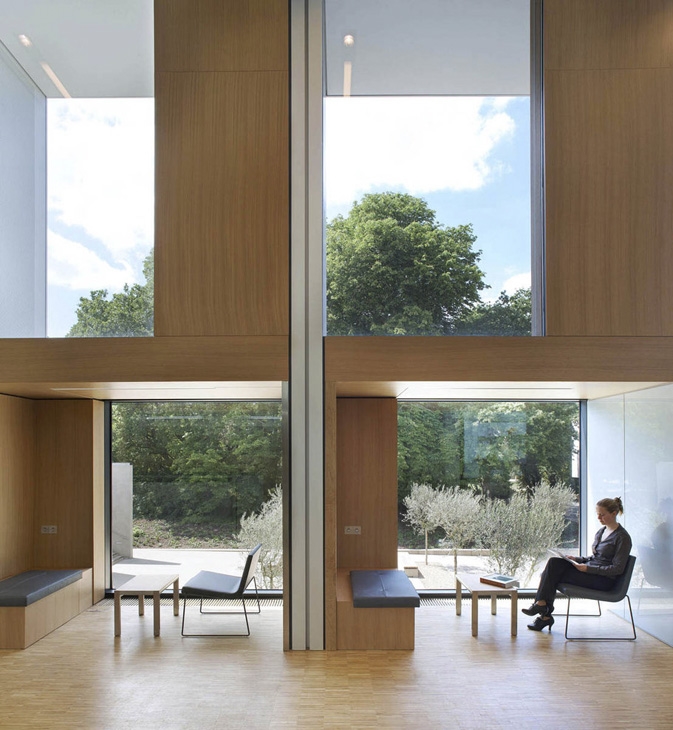 SAINSBURY LABORATORY – STANTON WILLIAMS
SAINSBURY LABORATORY – STANTON WILLIAMS 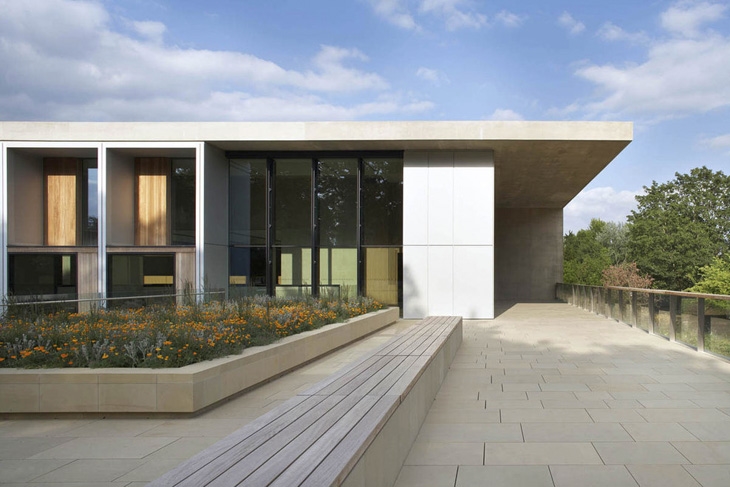 SAINSBURY LABORATORY – STANTON WILLIAMS
SAINSBURY LABORATORY – STANTON WILLIAMS 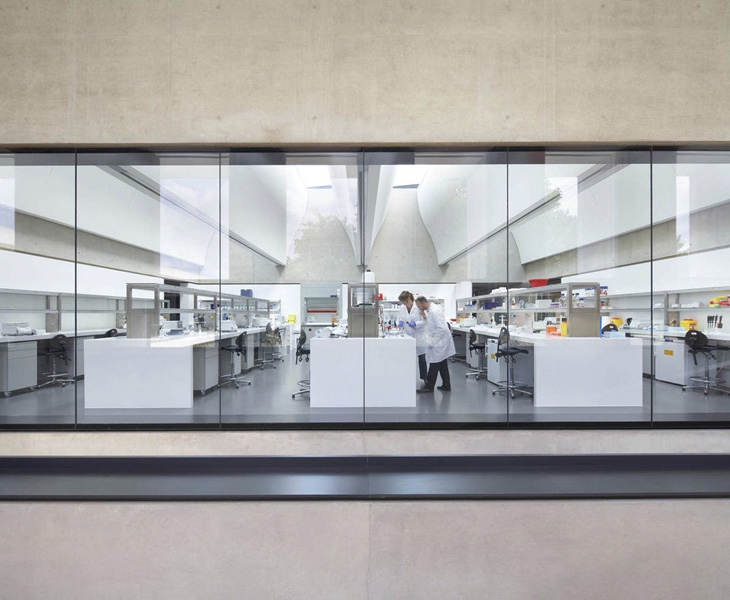 SAINSBURY LABORATORY – STANTON WILLIAMS
SAINSBURY LABORATORY – STANTON WILLIAMS 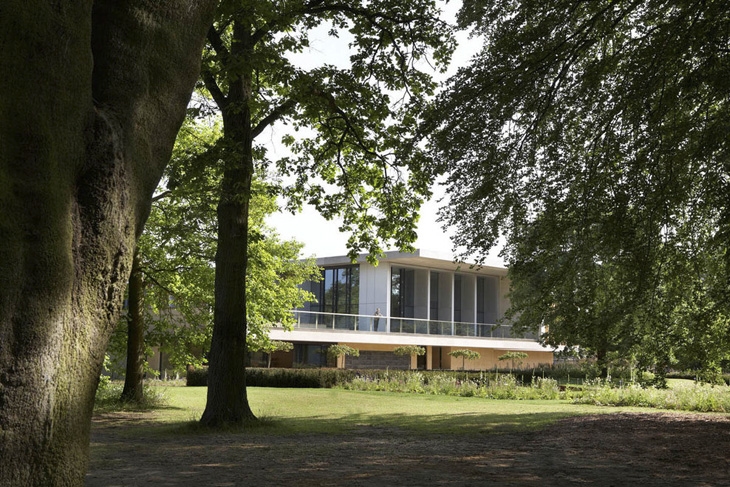 SAINSBURY LABORATORY – STANTON WILLIAMS
SAINSBURY LABORATORY – STANTON WILLIAMS 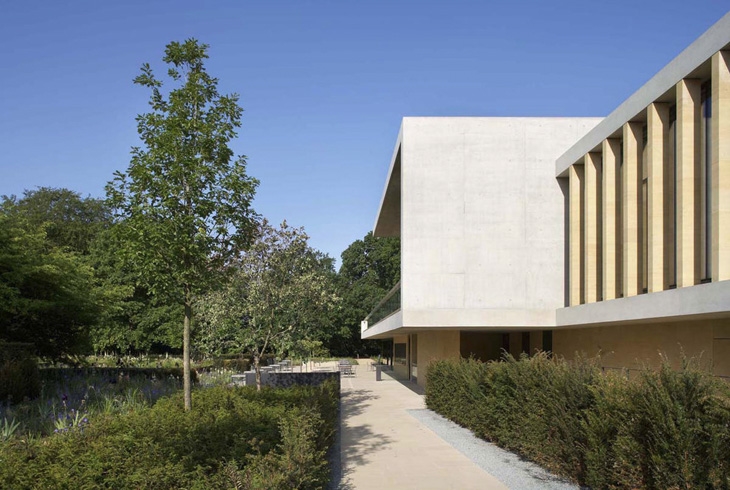 SAINSBURY LABORATORY – STANTON WILLIAMS
SAINSBURY LABORATORY – STANTON WILLIAMS 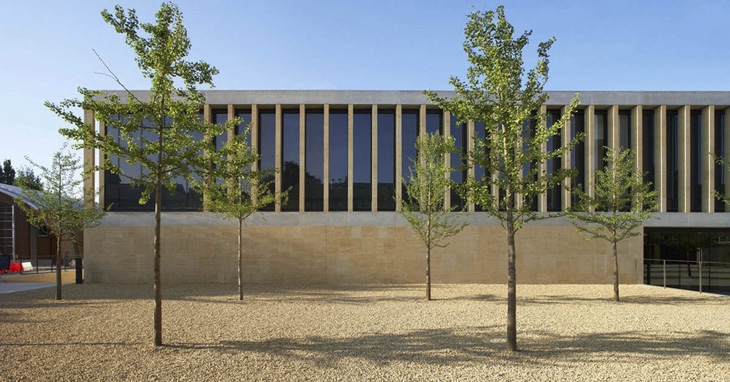 SAINSBURY LABORATORY – STANTON WILLIAMS
SAINSBURY LABORATORY – STANTON WILLIAMS RIBA Stirling Prize 2012 winner – Sainsbury Laboratory
READ ALSO: ATHENS PLAYTHON 29 & 30 ΣΕΠΤΕΜΒΡΙΟΥ ΣΤΟ ΓΚΑΖΙ